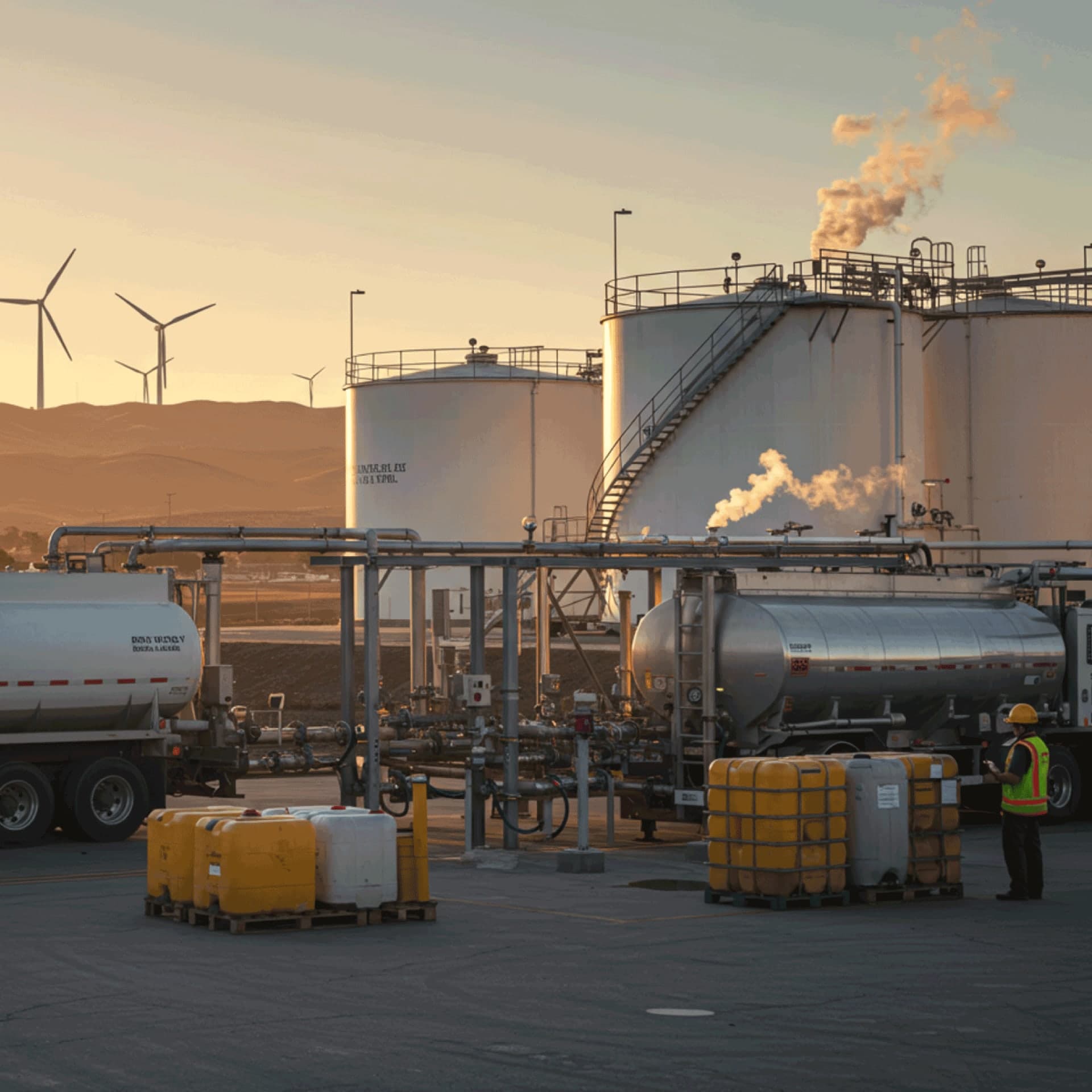Mastering Rendering: The Buyer’s Guide
It is designed for you, someone eager to explore and deeply understand the rendering industry!
This practical guide equips professionals with the tools to navigate the world of rendering ingredients, including product categories, quality indicators, supply chain dynamics, and global trade perspectives, all framed within the principles of sustainability and the circular economy. Whether you are a supplier of rendering products, developing new ingredients, or entering new markets, this book provides clarity and confidence to make smarter, more sustainable decisions.

